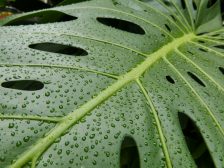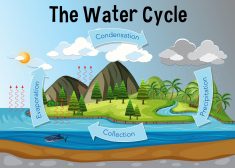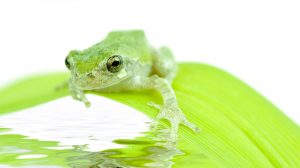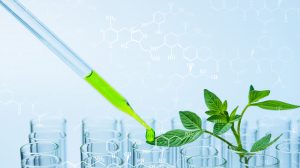Definition
noun
An abbreviation for hatch slack kortshak pathway: a metabolic pathway first determined by Burr and Kortshak in their experiments that later led to its in-depth description by M. D. Hatch and C. R. Slack (in 1966).
In this pathway, the CO2 is first added to phosphoenolpyruvate by the enzyme, PEP carboxylase, producing the four-carbon compound in mesophyll cells that is later transported to bundle sheath cells to liberate the CO2 for use in the Calvin cycle.
Supplement
Instead of the direct carbon fixation in the Calvin cycle like in C3 carbon fixation, the C4 pathway involves steps that first converts pyruvate to phosphoenolpyruvate (PEP) to bind with the CO2 forming a four-carbon compound (hence the name C4). As a result, the photorespiration pathway is bypassed, and the wasteful loss of CO2 common in C3 carbon fixation pathway is minimized.
Plants that first go through the C4 pathway are better adapted than plants that solely go through the C3 pathway under conditions of drought, high temperatures and low nitrogen or CO2 concentrations.
Synonym: Hatch slack kortshak pathway, C4 carbon fixation pathway.
Compare: C3 carbon fixation pathway, Crassulacean acid metabolism.
See also: C4 plant.
Dictionary > Hsk pathway
You will also like...

Animal Water Regulation
Animals adapt to their environment in aspects of anatomy, physiology, and behavior. This tutorial will help you understa..

Plant Water Regulation
Plants need to regulate water in order to stay upright and structurally stable. Find out the different evolutionary adap..

The Water Cycle
The water cycle (also referred to as the hydrological cycle) is a system of continuous transfer of water from the air, s..

Adaptation Tutorial
Adaptation, in biology and ecology, refers to the process or trait through which organisms or the populations in a habit..

Plant Biology
Plantlife can be studied at a variety of levels, from the molecular, genetic and biochemical level through organelles, c..

The Origins of Life
This tutorial digs into the past to investigate the origins of life. The section is split into geological periods in the..